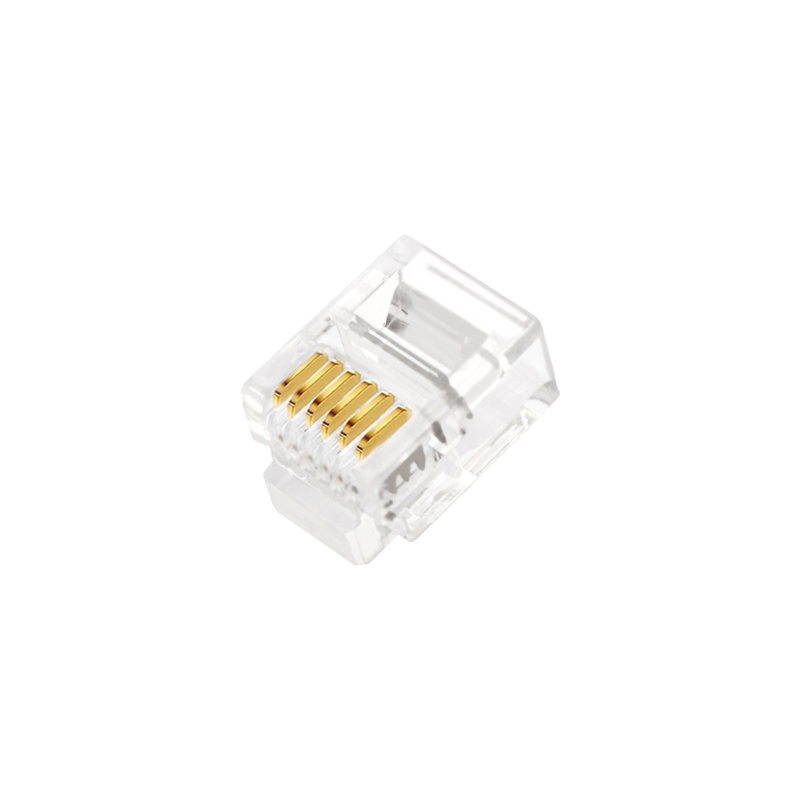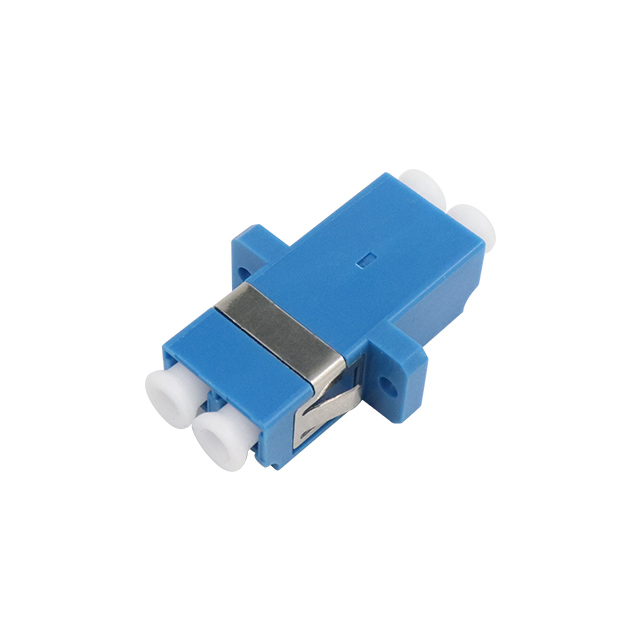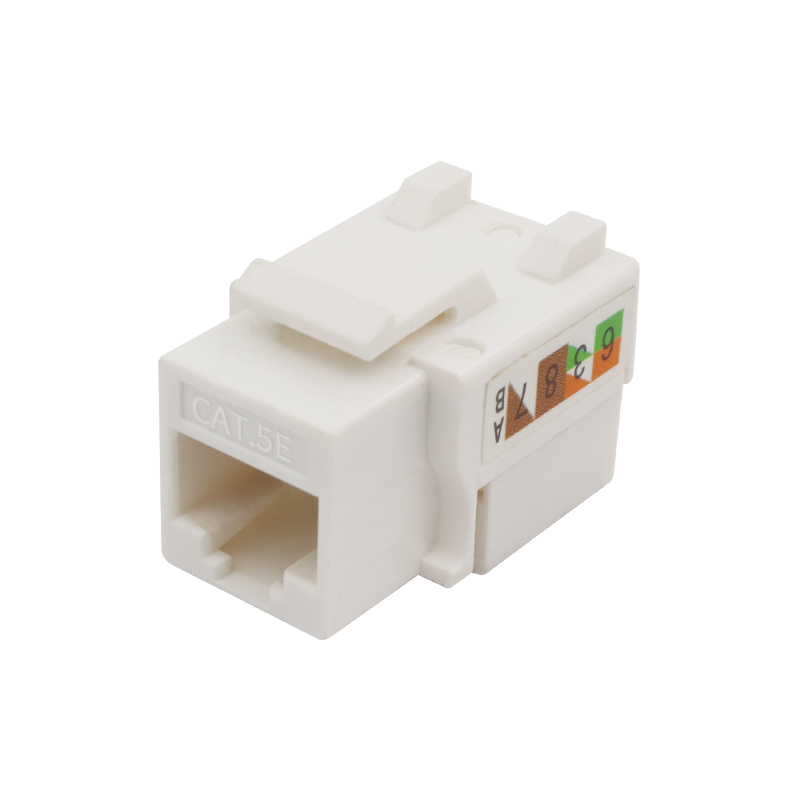Do different types of cable management racks in network cabinets manage cables differently?
2025-07-08
Different types of cable racks in network cabinets have designed differentiated management methods based on the characteristics and management requirements of different cables:
Content
Table 1: Cable Compatibility
| Manager Type | Cable Support | Limitations |
| Horizontal Cable Manager | • Patch cables (Cat5e/6/6a) • Short-length fiber jumpers • Device interconnects | Not for bulk power cables |
| Vertical Wire Manager | • Fiber trunks • High-pair-count copper • Power distribution cables | Unsuitable for short jumpers |
| D-Ring Manager | • Power cords • Backup patch cords • Hybrid/temporary cables | No bend radius protection |
Table 2: Management Mechanism
| Manager Type | Core Design Principle | Physical Structure |
| Horizontal Manager | • Layer isolation • Fixed bend radius control • Front-accessible slots | Angled slots/comb-like dividers |
| Vertical Manager | • Vertical channelling • Weight distribution • Segmented bundling | Enclosed/open trough with anchor points |
| D-Ring Manager | • Open-loop anchoring • On-demand bundling • Free-position mounting | Metal D-shaped rings on mounting plates |
Table 3: Installation & Positioning
| Manager Type | Mounting Location | Space Occupancy |
| Horizontal Manager | Front of patch panels/switches (1U-2U space) | Horizontal rack unit consumption |
| Vertical Manager | Along cabinet vertical rails (full height) | Vertical side space (25-150mm width) |
| D-Ring Manager | Anywhere on rail posts (tool-free adjustable) | Zero U-space; attaches directly to posts |
Table 4: Operational Priority
| Manager Type | Primary Advantage | Maintenance Constraint |
| Horizontal Manager | Port protection in high-density zones | Pre-planned routing required |
| Vertical Manager | Prevents cable sag in vertical runs | Difficult mid-span modifications |
| D-Ring Manager | Instant reconfiguration of cable groups | Exposed cables; no tangle prevention |
Table 5: Typical Use Case Scope
| Manager Type | Optimal Deployment Scenario | Common Misuse Risk |
| Horizontal Manager | Switch-to-patch panel cross-connect | Overstuffing causing airflow blockage |
| Vertical Manager | Top-down backbone routing between cabinets | Horizontal cable forcing causing strain |
| D-Ring Manager | PDU power cord grouping/backup cable retention | Substituting for structured cable management |
Are you ready to
cooperate with PUXIN?
cooperate with PUXIN?
Contact us to find out how our products can transform your business and
take it to the next level.
















